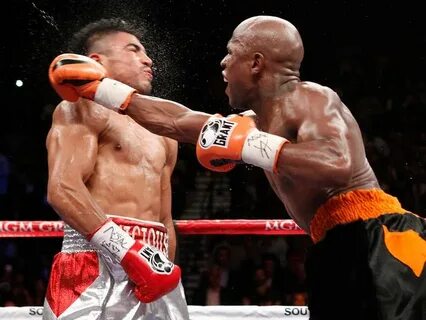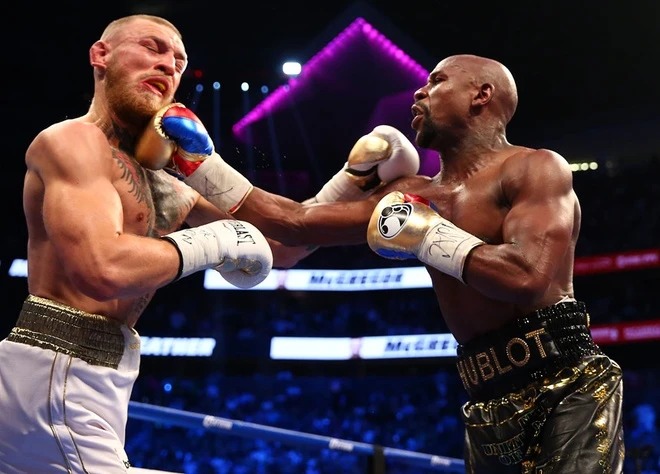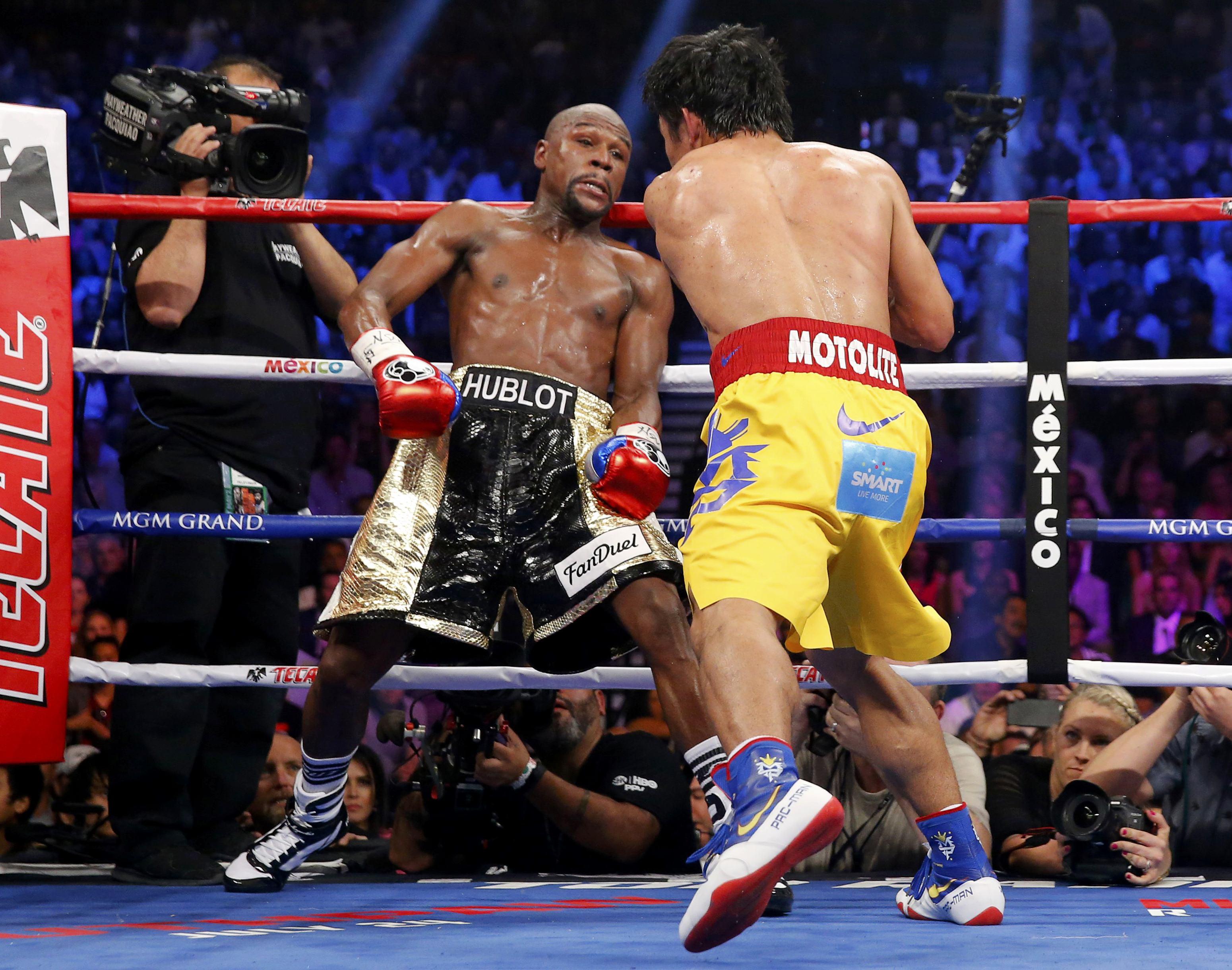When discussing defensive prowess in boxing, few names resonate as strongly as Floyd Mayweather. Renowned for his impeccable technique and near-impenetrable defense, Mayweather’s style has been a subject of fascination and admiration for boxing enthusiasts and professionals alike. At the heart of his defensive strategy lies the Philly Shell, a technique that has contributed significantly to his undefeated record and legendary status. This article delves into the intricacies of the Philly Shell, uncovering the secrets behind Mayweather’s mastery of this iconic defense.

The Origins of the Philly Shell
The Philly Shell, also known as the shoulder roll, traces its roots back to the boxing gyms of Philadelphia, a city known for producing tough, skilled fighters. This defensive stance gained popularity for its effectiveness in countering aggressive opponents. The Philly Shell involves a low lead hand and a high rear hand, with the shoulder raised to protect the chin. The technique relies heavily on timing, reflexes, and an acute sense of distance, allowing the fighter to roll with punches and counter with precision.

Floyd Mayweather’s Adaptation
Floyd Mayweather didn’t just adopt the Philly Shell; he elevated it to an art form. Under the guidance of his father, Floyd Mayweather Sr., and his uncle, Roger Mayweather, Floyd refined this technique from an early age. His version of the Philly Shell is marked by fluid movement, impeccable footwork, and an uncanny ability to anticipate his opponent’s actions. By keeping his left shoulder high and chin tucked behind it, Mayweather can deflect punches while staying poised to deliver sharp counterattacks.

The Mechanics of the Philly Shell
The success of the Philly Shell hinges on several key elements:

-
Shoulder Roll: The shoulder roll is the hallmark of the Philly Shell. By rotating the shoulder to absorb and deflect incoming punches, Mayweather minimizes the impact and creates openings for counterpunches.
-
Hand Positioning: In the Philly Shell, the lead hand is kept low, inviting the opponent to throw punches. The rear hand is positioned high, ready to block or parry shots to the head. This setup allows for swift and effective counters.
-
Footwork: Footwork is crucial in executing the Philly Shell. Mayweather’s footwork enables him to maintain balance, evade attacks, and create angles for counterattacks. His ability to pivot and move laterally keeps opponents off balance and unable to land clean shots.
-
Head Movement: Subtle head movement is integral to the Philly Shell. By slightly tilting his head and rolling with punches, Mayweather can evade strikes while staying in position to counter.
The Psychological Edge
Beyond the physical mechanics, the Philly Shell provides a psychological advantage. Opponents often become frustrated by their inability to land clean punches, leading to mistakes and openings for Mayweather to exploit. This mental edge is as important as the technical aspects of the defense, contributing to Mayweather’s dominance in the ring.
The Legacy of Mayweather’s Philly Shell
Floyd Mayweather’s use of the Philly Shell has left an indelible mark on the sport of boxing. His ability to neutralize some of the best offensive fighters in the world with this technique has cemented his legacy as one of the greatest defensive boxers of all time. While many have attempted to replicate the Philly Shell, few have achieved the same level of success and mastery as Mayweather.
Conclusion
The Philly Shell is more than just a defensive stance; it is a testament to the artistry and science of boxing. Floyd Mayweather’s mastery of this technique showcases the blend of skill, strategy, and psychological acumen required to excel at the highest levels of the sport. By understanding the intricacies of the Philly Shell, we gain deeper insight into the genius of Floyd Mayweather and the enduring allure of this legendary defense.
